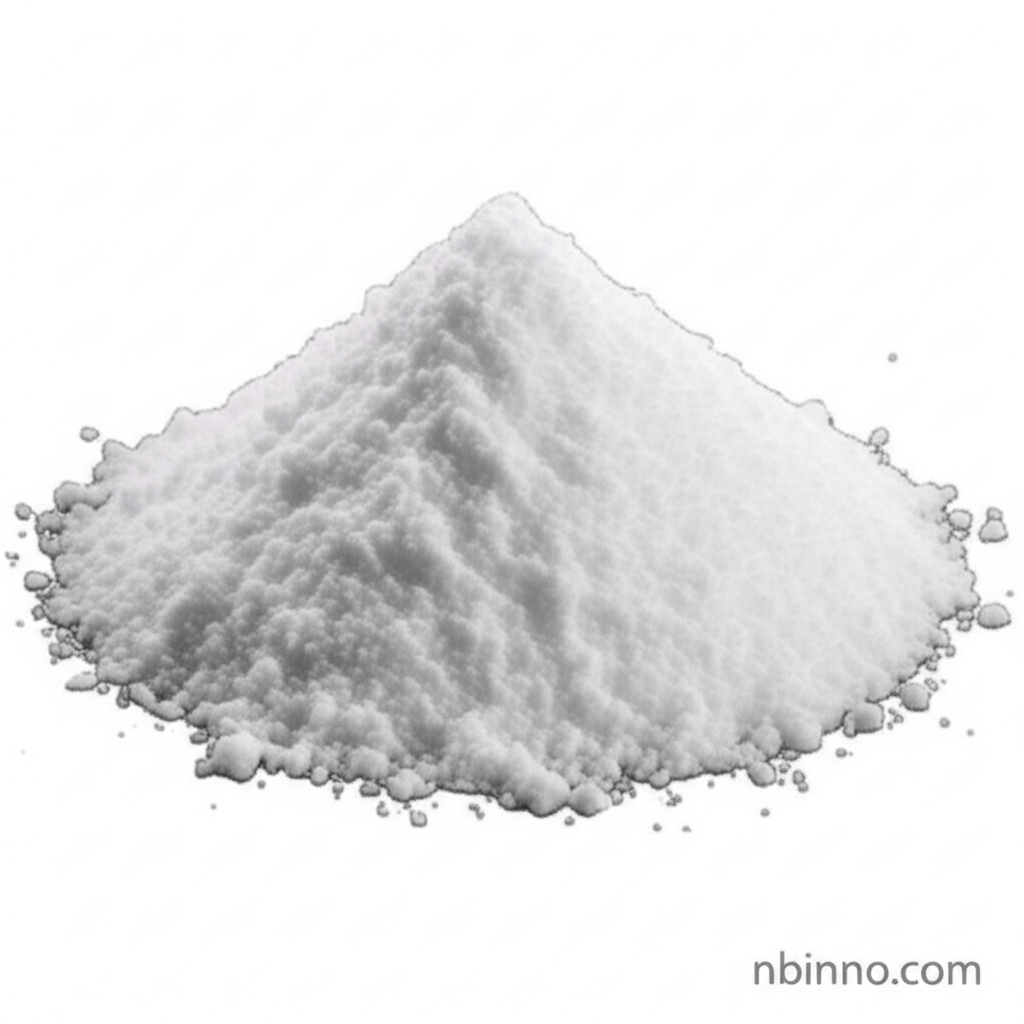Benzopinacol (CAS 464-72-2): A Cornerstone in Photochemistry and Polymer Synthesis
Explore the pivotal role of Benzopinacol in driving photochemical reactions and initiating advanced polymerization processes.
Get a Quote & SampleProduct Core Value

Benzopinacol
Benzopinacol is a vital organic synthesis intermediate, renowned for its role in elucidating photochemical reaction mechanisms and the classic pinacol rearrangement. Its unique structure and reactivity make it an indispensable component in various chemical transformations.
- Understanding benzopinacol synthesis mechanisms is crucial for researchers exploring novel synthetic pathways in organic chemistry.
- As a key player in benzopinacol photoreduction benzophenone reactions, it offers insights into radical intermediate formation.
- The compound's involvement in the benzopinacol pinacol rearrangement provides a fundamental model for studying carbocation stability and migratory aptitudes.
- It functions as a critical benzopinacol catalyst for unsaturated polyesters, enhancing material properties in polymer science.
Key Advantages Provided by Benzopinacol
Photochemical Insight
Leverage Benzopinacol to gain deep understanding of benzopinacol synthesis mechanism, illustrating fundamental photochemical processes and radical dimerization.
Polymerization Initiation
Utilize Benzopinacol as an effective benzopinacol initiator for free radical polymerization, enabling the creation of advanced polymer materials with tailored properties.
Versatile Chemical Intermediate
Employ Benzopinacol as a reliable benzopinacol chemical intermediate, facilitating the synthesis of complex organic molecules and fine chemicals.
Key Applications
Organic Synthesis
As a foundational benzopinacol chemical intermediate, it is used in the synthesis of various complex organic compounds, aiding in reaction mechanism studies.
Polymer Science
Its role as an benzopinacol initiator free radical polymerization makes it invaluable for developing new polymers and materials with specific characteristics.
Catalysis
Benzopinacol acts as a benzopinacol catalyst unsaturated polyesters, contributing to improved performance and properties in polyester manufacturing.
Photochemistry Research
The compound is central to understanding benzopinacol photoreduction benzophenone reactions, providing critical data for photochemical research.
Related Technical Articles & Resources
Why Choose Us?
Leverage our expertise and state-of-the-art infrastructure to accelerate your journey from discovery to commercial success.
Global Experience
With 20 years of R&D, manufacturing, and sales experience, we proudly serve clients across 60 countries and regions worldwide.
Advanced Facilities
Our in-house R&D laboratory, pilot platform, and large-scale production workshop are equipped to meet the audit requirements of global customers.
Seamless Scalability
We facilitate a perfect transition from small-scale lab requirements (grams) to full commercialization (hundreds of tons).
